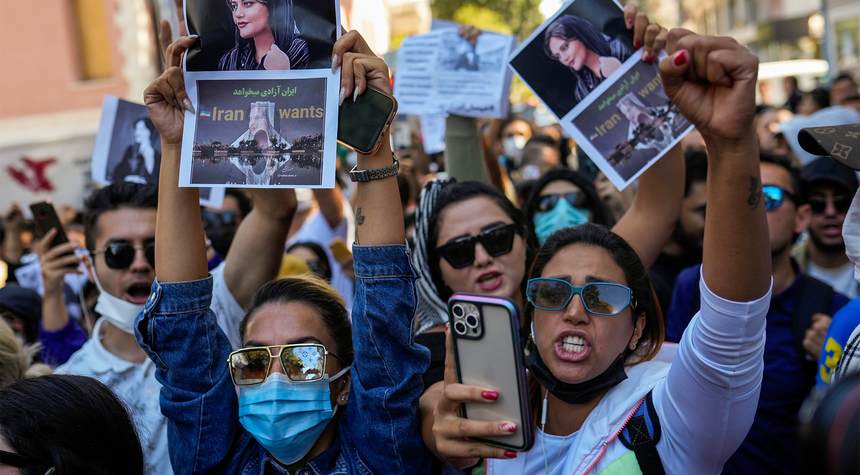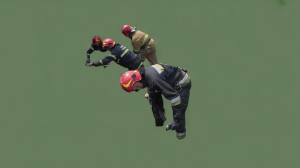Iran executes second protester after “sham” trial

Iran executed a second protester. Majidreza Rahnavard, a protester, was executed in Mashhad (northern Iran) on Monday. This execution comes just weeks after the first known execution of a protester was performed.
Rahnavard was publicly hanging from a crane. This execution was intended to send a message of support to protesters. He was accused of “waging war on God” and of stabbing two Basij militia members. Protests are being violently suppressed by the Basij.
Human rights activists claim it was a “sham trial”. They claim he didn’t have a lawyer at court and that he was tortured. Iranian state media reported Rahnavard confessed.
Public executions were used in 2009 to dissuade unrest after the Green Movement protests following the disputed elections. They have been very rare since then. Iran’s news agency Mizan, which is part of Iran’s judiciary published a collage featuring pictures of Rahnavard being executed. He is shown hanging from the crane, his hands and feet tied together and with a black bag covering his head. To keep the crowd away, masked security officers stood guard behind concrete and metal barriers. The crane lifts the prisoner and hangs him by a rope. They are unable to breathe and may collapse or asphyxiate before their necks snap.
|
Rahnavard was executed publicly in the exact same city as his alleged crime. Although it was claimed that Rahnavard had been attacked by four militiamen, the motive for the attack was not given by Iranian authorities. On November 19, he was captured trying to flee Iran.
Mohsen Shekan (age 23) was executed last Thursday. He was accused of allegedly blocking a street, and injuring a security officer when the protests began. He was also charged with “waging a war against God.” He allegedly blocked Sattar Khan Boulevard in Tehran during the riots that occurred on September 25. He allegedly stabbed Basiji in his left shoulder.
Mohsen gave up his life to freedom. He wanted to live a normal existence. Masih Alinejad (an Iranian journalist and campaigner) posted a picture on Twitter claiming it was Shekari.
Other detainees could also be executed for their participation in protests. These began as an outcry against Iran’s morality police but have grown into one of the most serious threats to Iran’s theocracy ever since the 1979 Islamic Revolution.
Activists warn that others could also be executed soon. At least 12 people have been sentenced to death for their participation in the demonstrations.
According to court documents, Haidar al-Zaidi (20) was sentenced for a tweet of disputed source that was deemed offensive to an ex-paramilitary force pro-Iran.
Iran is known for being one of the most prolific executioners in the world. Executions are carried out by hanging. Amnesty International condemned use of the death penalty as a way to subdue protests. According to the organization, he had obtained a document signed and signature by a top Iranian police commander asking for executions of prisoners “in the shortest time possible.”
Mahmood Amiry-Moghaddam (director of the Oslo-based activist group Iran Human Rights) stated that strong reactions must be shown to public executions. Otherwise, there will be daily executions.










No Comments